Regulatory Support and Compliance
The Airborne Lightning Detection System Market benefits significantly from regulatory support and compliance requirements imposed by aviation authorities. These regulations mandate the implementation of safety measures to protect aircraft from lightning strikes, thereby creating a robust demand for advanced detection systems. Regulatory bodies are increasingly emphasizing the need for real-time lightning detection capabilities, which has led to a rise in investments in this sector. As a result, manufacturers are compelled to innovate and enhance their product offerings to meet these stringent standards. The ongoing collaboration between industry stakeholders and regulatory agencies is expected to foster a conducive environment for market growth, with compliance driving the adoption of advanced airborne lightning detection technologies.
Growing Awareness of Weather Risks
The Airborne Lightning Detection System Market is witnessing a heightened awareness of weather-related risks among aviation stakeholders. As incidents of severe weather events become more frequent, the need for reliable lightning detection systems has become paramount. Airlines and aviation operators are increasingly recognizing the potential hazards posed by lightning strikes, which can lead to significant operational disruptions and safety concerns. This awareness is prompting investments in advanced detection systems that can provide timely alerts and enhance safety protocols. The market is likely to expand as more stakeholders prioritize weather risk management, leading to a greater demand for sophisticated airborne lightning detection solutions.
Expansion of Aviation Infrastructure
The Airborne Lightning Detection System Market is also influenced by the expansion of aviation infrastructure across various regions. As new airports and flight routes are developed, the demand for reliable lightning detection systems is expected to rise. This expansion is particularly relevant in emerging markets, where the aviation sector is experiencing rapid growth. The establishment of new air traffic routes necessitates the implementation of advanced safety measures, including effective lightning detection systems. Consequently, manufacturers are likely to see increased opportunities for growth as they cater to the needs of expanding aviation networks. This trend may lead to a more competitive landscape, with companies striving to offer innovative solutions that meet the demands of a growing market.
Increased Investment in Aviation Safety
The Airborne Lightning Detection System Market is poised for growth due to increased investment in aviation safety measures. Airlines and aviation authorities are allocating substantial resources to enhance safety protocols, particularly in response to the rising number of lightning-related incidents. This trend is evident in the growing budgets for safety technologies, which include advanced lightning detection systems. The market is projected to benefit from this influx of capital, as stakeholders seek to implement cutting-edge solutions that mitigate risks associated with lightning strikes. Furthermore, the emphasis on safety is likely to drive innovation within the industry, leading to the development of more effective detection systems that cater to the evolving needs of aviation.
Technological Advancements in Detection Systems
The Airborne Lightning Detection System Market is experiencing a surge in technological advancements that enhance the accuracy and reliability of lightning detection. Innovations such as improved sensor technologies and advanced algorithms are being integrated into detection systems, allowing for real-time data processing and analysis. This evolution is crucial, as it enables aircraft operators to make informed decisions regarding flight safety and route planning. The market is projected to grow at a compound annual growth rate of approximately 5.2% over the next five years, driven by these technological improvements. Furthermore, the integration of artificial intelligence and machine learning into detection systems is likely to further refine predictive capabilities, thereby increasing the overall efficiency of lightning detection in aviation.
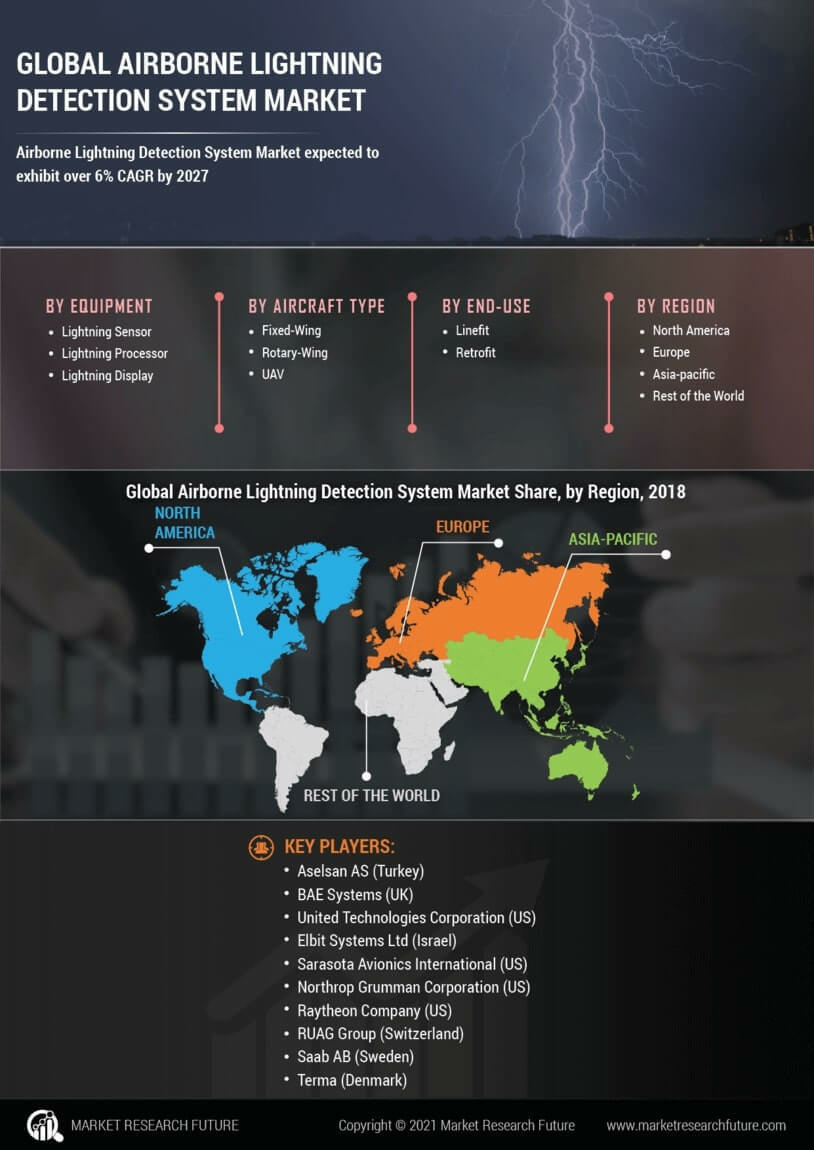

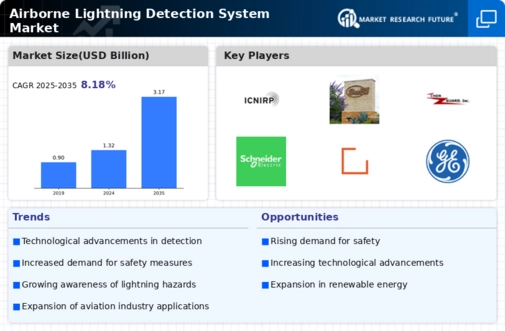
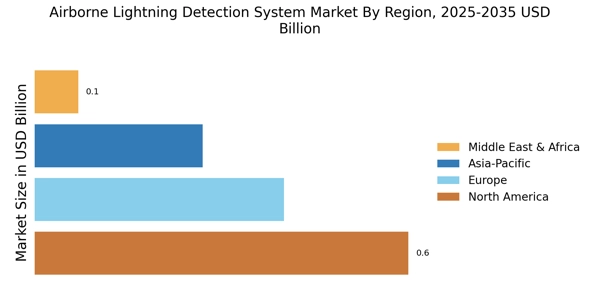

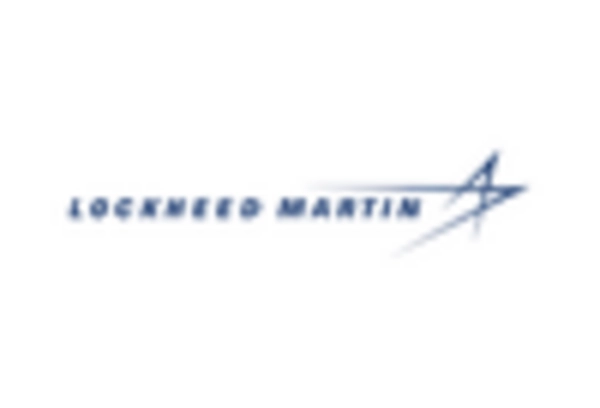
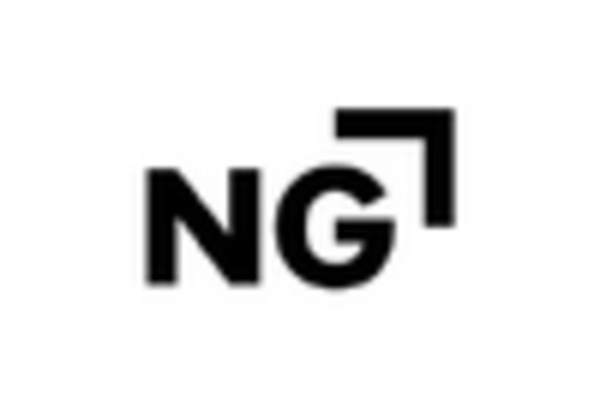
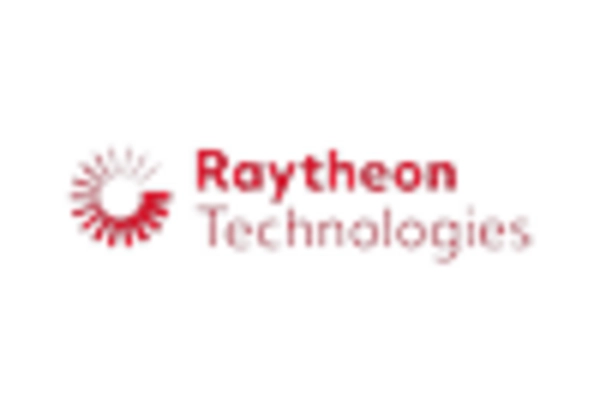
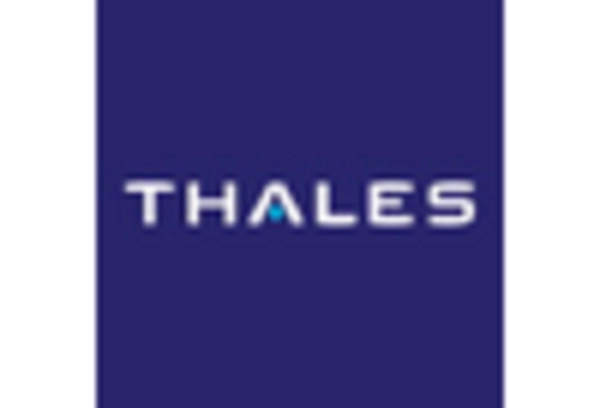









Leave a Comment